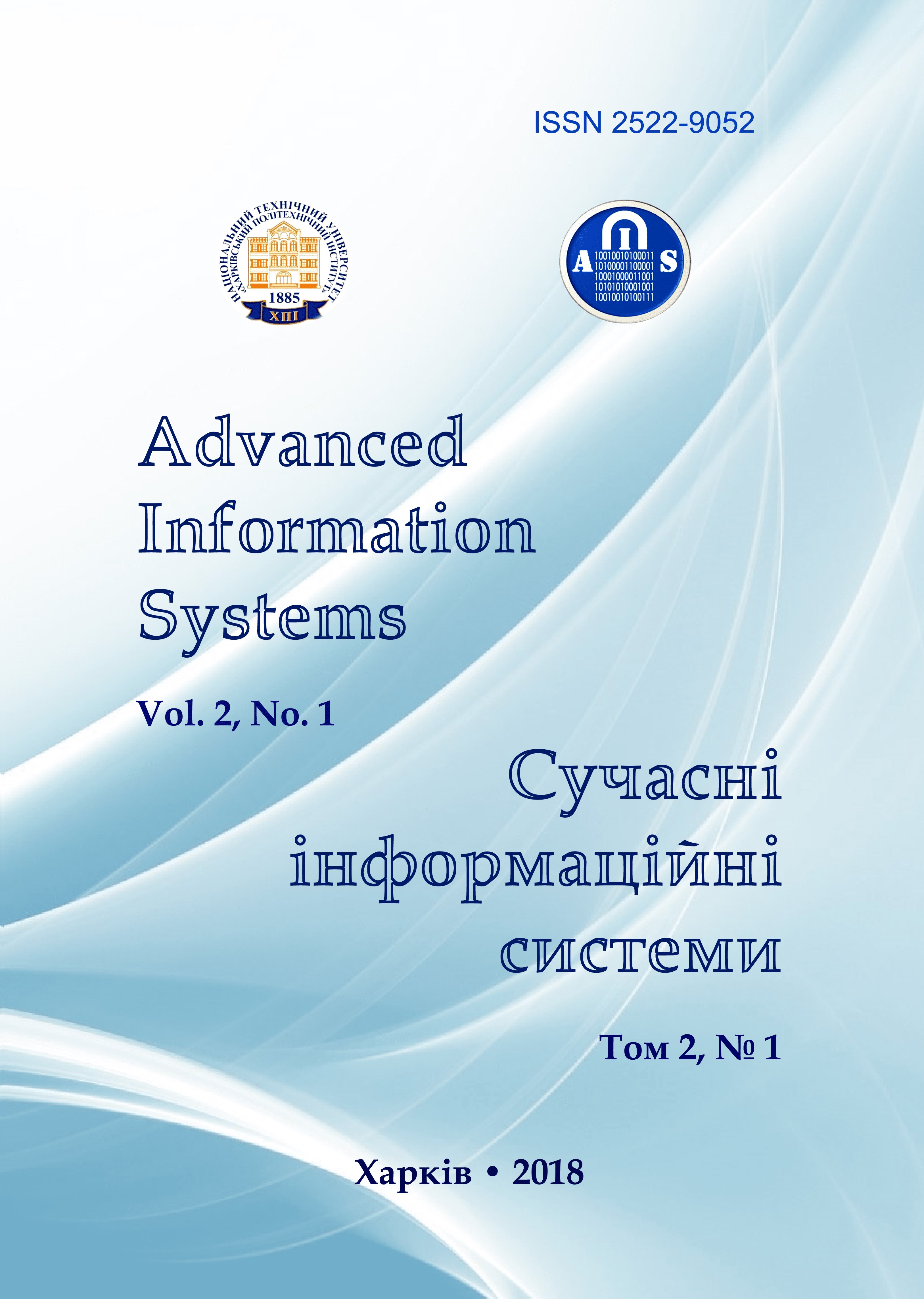HYBRID RESOURCE MANAGEMENT SYSTEM FOR TELECOMMUNICATION NETWORK
Main Article Content
Abstract
The implementation of modern telecommunication technologies (SDN, NFV, SDR, CloudRAN) will lead to the full dependence of the telecommunication network performance on the information and computing environment efficiency. The purpose of the article is to develop the method for managing telecommunication network resources by choosing the optimal interval for redistributing system resources. The proposed model of load management system allows presenting the method of load forecasting, taking into account long-term accumulated data of statistics, and the latest tendencies, which are observed in the network. So it becomes possible to achieve a rational ratio of management costs and the final value of service quality. A new method of monitoring and measurement, using which it is possible to avoid overloading of network functions was developed. Conclusion. Experiments to research the proposed methods were conducted in the Mathcad system. The results showed that proposed methods could rationally distribute the system resources, especially under transient conditions of overload.
Article Details
References
Cai, Z., Liu, F., Xiao, N., Liu, Q. and Wang Z. (2010), “Virtual network embedding for evolving networks”, Global Telecommunications (GLOBECOM 2010): IEEE conference, Miami, Florida, pp. 1–5.
Sun, G., Yu, H., Anand, V. and Li, L. (2013), “A cost efficient framework and algorithm for embedding dynamic virtual network requests”, Future Generation Computer Systems, Vol. 29, No. 5, pp. 1265–1277.
Mijumbi, R., Gorricho, J.-L., Serrat, J., Claeysy, M., Turcky, F. D. and Latr S. (2014), “Design and Evaluation of Learning Algorithms for Dynamic Resource Management in Virtual Networks”, Network Operations and Management Symposium (NOMS), IEEE, Krakow, pp. 1–9.
Patikirikorala, T., Colman, A., Han, J. and Wang L. (2011), “Multi-model framework to implement self-managing control systems for QoS management”, Software Engineering for Adaptive and Self-Managing Systems: symposium, Waikiki, Honolulu, pp. 218–227.
Lai, W., Chiang, M., Lee, S. and Lee, T. (2013), “Game Theoretic Distributed Dynamic Resource Allocation with Interference Avoidance in Cognitive Femtocell Networks” Wireless Communications and Networking: IEEE conference, Shanghai, pp. 3364–3369.
Jokhio, F., Ashraf, A., Lafond, S., Porres, I. and Lilius, J. (2013), “Prediction-Based Dynamic Resource Allocation for Video Transcoding in Cloud Computing”, Parallel, Distributed, and Network-Based Processing: 21st Euromicro International Conference, Belfast, pp. 254–261.
Gandhi, A., Chen, Y., Gmach, D., Arlitt, M. and Marwah, M. (2011), “Minimizing Data Center SLA Violations and Power Consumption via Hybrid Resource Provisioning” Green Computing: International Conference and Workshops, Orlando, FL, pp. 1–8.
Urgaonkar, B., Shenoy, P., Chandra, A., Goyal, P. and Wood, T. (2008), “Agile dynamic provisioning of multi-tier Internet applications” ACM Transactions on Autonomous and Adaptive Systems (TAAS), Vol. 3, No. 1, pp. 1–39.
Chandra, A., Gong, W. and Shenoy, P. (2003), “Dynamic resource allocation for shared data centers using online measurements”, Quality of service : 11th International Workshop, Berkeley, pp. 381–398.
Koval, A., Globa, L. and Novogrudska. R. (2016), “The approach to web services composition” Hard and Soft Computing for Artificial Intelligence, Multimedia and Security, Vol. 534 of the series Advances in Intelligent Systems and Computing. – Springer international publication, pp. 293-304.
